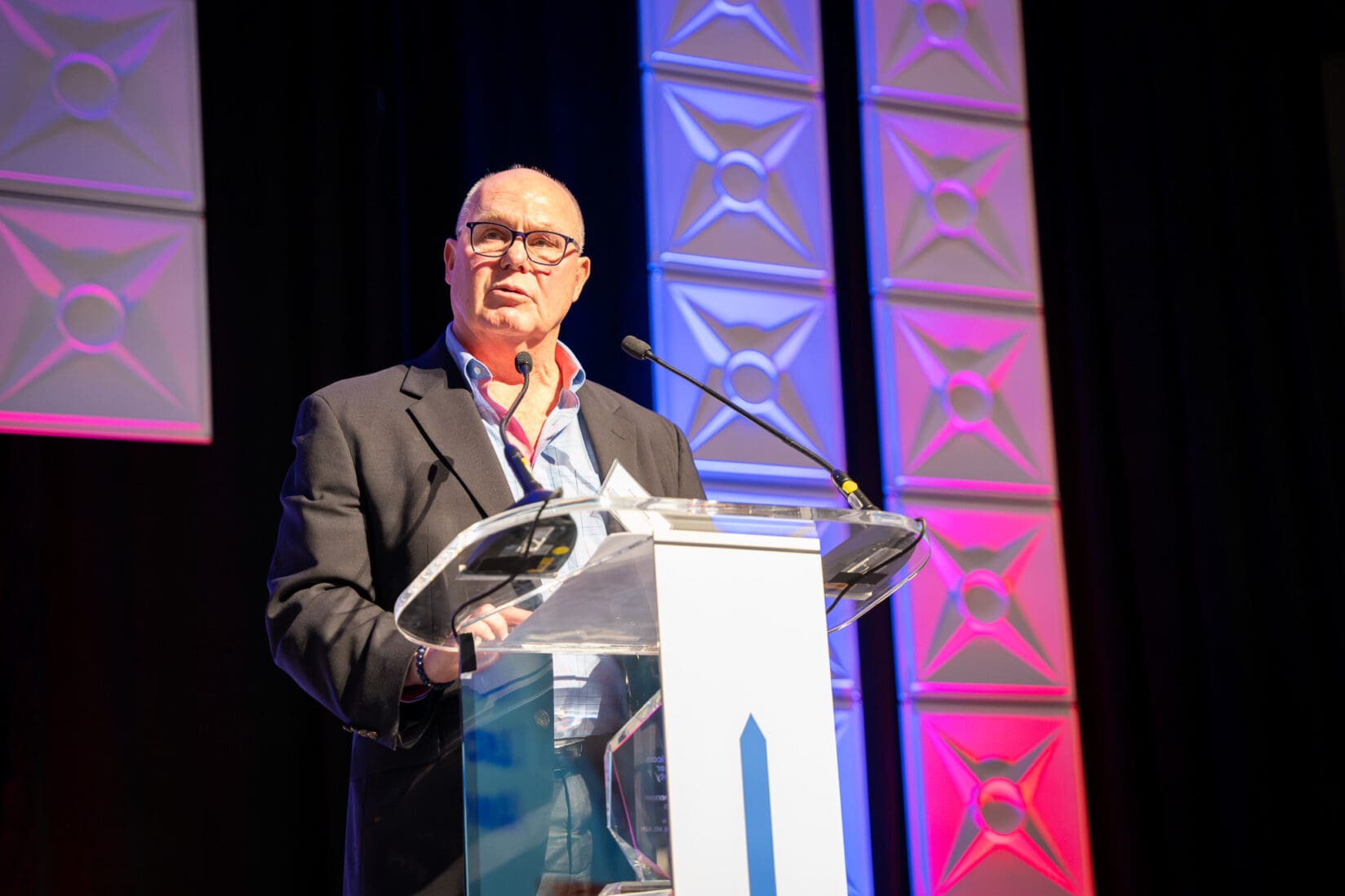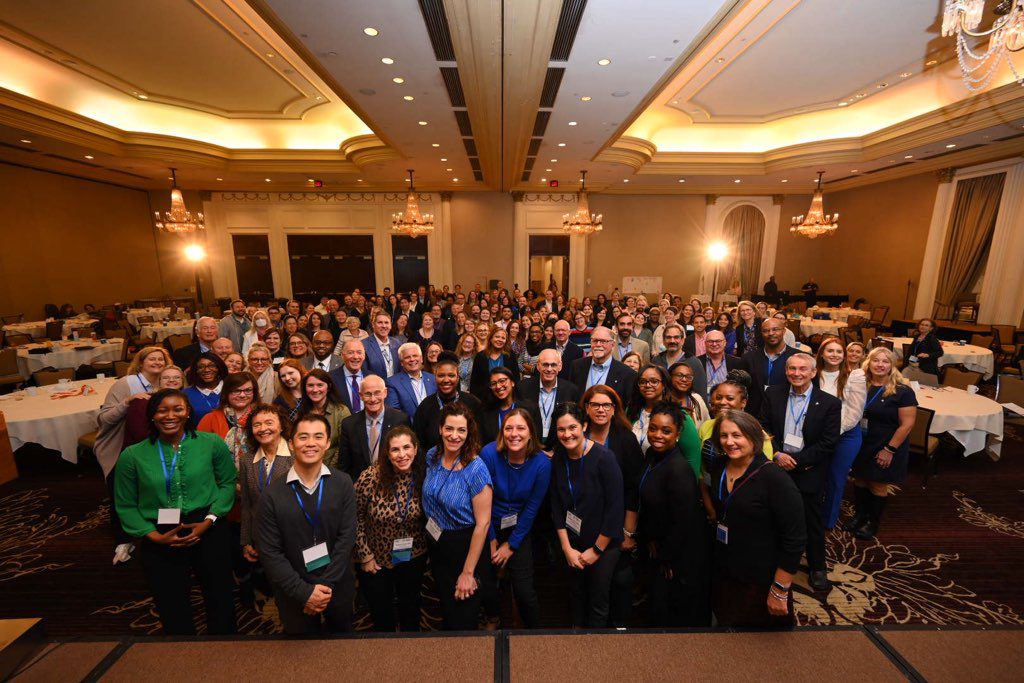NCCRT Task Group Spotlight Series: Evaluation and Measurement
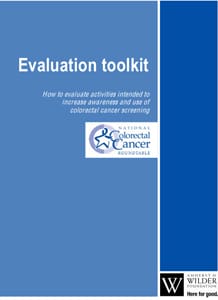
The Roundtable’s work would not be possible without the invaluable expertise offered by the volunteers that comprise its seven Task Groups: Community Health Centers, Evaluation and Measurement, Family History and Early Onset, Policy Action, Professional Education and Practice, Public Awareness and Social Media and Quality Assurance. In this series, we’ll hear from the co-chairs that lead the work of these groups. Today we will talk with the Evaluation and Measurement Task Group co-chairs, Andrea (Andi) Dwyer and Tamar Wallace, to learn about the exciting work that this group is tackling to advance colorectal cancer screening. Learn more about how the Roundtable works. Andrea (Andi) Dwyer is a public health practitioner from the University of Colorado Cancer Center and Colorado School of Public Health. Also serving in a dual appointment with Fight Colorectal Cancer, as director of Health Promotion. Andi brings nearly ten years’ experience in colorectal cancer prevention and cancer survivorship. As one of her biggest accomplishments, serving as the Co-Director of the statewide colorectal screening program in Colorado and one of the largest screening patient navigation programs in the country.
Andrea (Andi) Dwyer is a public health practitioner from the University of Colorado Cancer Center and Colorado School of Public Health. Also serving in a dual appointment with Fight Colorectal Cancer, as director of Health Promotion. Andi brings nearly ten years’ experience in colorectal cancer prevention and cancer survivorship. As one of her biggest accomplishments, serving as the Co-Director of the statewide colorectal screening program in Colorado and one of the largest screening patient navigation programs in the country.
 Tamar Wallace is director of Strategy, Education, and Outreach in the Division of Gastroenterology at NYU Langone Medical Center. Tamar specializes in medical writing, editing, and education for health professionals, patients and families, and the public. She is co-chair of the Evaluation and Measurement Task Group for the National Colorectal Cancer Roundtable; a member of the steering committee of the New York Citywide Colon Cancer Control Coalition (C5); and a member of the American Congress of Obstetricians and Gynecologists’ Task Force on Colorectal Cancer.
Tamar Wallace is director of Strategy, Education, and Outreach in the Division of Gastroenterology at NYU Langone Medical Center. Tamar specializes in medical writing, editing, and education for health professionals, patients and families, and the public. She is co-chair of the Evaluation and Measurement Task Group for the National Colorectal Cancer Roundtable; a member of the steering committee of the New York Citywide Colon Cancer Control Coalition (C5); and a member of the American Congress of Obstetricians and Gynecologists’ Task Force on Colorectal Cancer.
Hi, Andi and Tamar! We’re happy to talk with you on the 80% by 2018 Blog. Can you tell us a little about your interest in colorectal cancer screening and how you ended up working with the Roundtable?
[Tamar] When we look at colorectal cancer—we see a cancer that is the second-leading cause of malignancy-related death in the US and yet a cancer for which screening is available and a cancer that is highly preventable with that screening. With the Roundtable being so dedicated to increasing colorectal cancer screening—and having such a vast and diverse collaboration of members committed to this effort—it was an easy decision for us to apply for Roundtable membership in 2003 and we were honored to be accepted.
[Andi] I completely agree. I became active in the Roundtable in 2010 when the Colorado Colorectal Screening Program began making connections with Roundtable members and using Roundtable resources. I quickly became engaged in the Roundtable’s evaluation work, which has brought a lot of value to our efforts to evaluate our screening program here in Colorado. The Roundtable is perhaps the only place I can go to find resources that address the multi-faceted range of issues that comprise colorectal cancer screening. It’s also provided me with invaluable opportunities to network with colleagues working on similar issues, and fosters a spirit of collaboration that allows us to cross pollinate what’s working in our programs.
Why is evaluation and measurement a critical topic to address in our efforts to increase colorectal cancer screening?
[Tamar] With our shared national goal to reach 80% screening in men and women aged 50 and older by 2018, we need to know where we are now, and where we are along the way, so we can plan how we’re going to get to 80%. It’s important for the Roundtable as a whole to be able to gauge the effectiveness of our national campaign—and also critical for individual members, partners, and collaborators to be able to determine how effective their efforts to increase screening are. And with this knowledge—we can work to increase successful efforts, improve our programs over time, and when needed, correct course. Plus, it’s just really fun to see the needle move—to know that together we are making progress and lives are being saved.
What are some of the issues and topics the Evaluation and Measurement Task Group has addressed over the years?
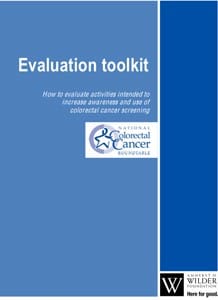 [Tamar] When the task group first formed, we turned to the Community Guide to learn which interventions have a strong body of evidence to show they are effective in increasing colorectal cancer screening. We found that there were interventions, like the use of small media, that were recommended for efforts to increase screening for colorectal cancer. And there were other interventions for which there was not enough evidence in the literature to recommend them. We knew a lot of our members and colleagues who were doing great work, but it wasn’t being published. So we surveyed our members, and they overwhelmingly indicated that they could benefit from an Evaluation Toolkit for their projects to increase colorectal cancer screening. And thanks to the hard work of the Roundtable leadership and our task group members, the Evaluation Toolkit became a reality. People can now use this Toolkit to walk them through how to develop an evidence-based program, how to collect and analyze outcomes—and hopefully allow for increased publishing and sharing of this information. We continue to make updates to the Toolkit as needed, with the latest version slated to be released later this fall.
[Tamar] When the task group first formed, we turned to the Community Guide to learn which interventions have a strong body of evidence to show they are effective in increasing colorectal cancer screening. We found that there were interventions, like the use of small media, that were recommended for efforts to increase screening for colorectal cancer. And there were other interventions for which there was not enough evidence in the literature to recommend them. We knew a lot of our members and colleagues who were doing great work, but it wasn’t being published. So we surveyed our members, and they overwhelmingly indicated that they could benefit from an Evaluation Toolkit for their projects to increase colorectal cancer screening. And thanks to the hard work of the Roundtable leadership and our task group members, the Evaluation Toolkit became a reality. People can now use this Toolkit to walk them through how to develop an evidence-based program, how to collect and analyze outcomes—and hopefully allow for increased publishing and sharing of this information. We continue to make updates to the Toolkit as needed, with the latest version slated to be released later this fall.
[Andi] In addition to creating the Toolkit, we hosted an Evaluation 101 webinar series covering topics such as colorectal cancer screening data sets, systems change and social media. Visit the NCCRT Webinar Archive webpage to find these and other webinar archives. The Evaluation and Measurement Task Group also provided input in developing the annual 80% by 2018 Partner Survey, which launched in the fall of 2015 and is just wrapping up this year. Finally, members of the task group provided input to task group member Ann G. Zauber, PhD, researcher at Memorial Sloan Kettering, on a poster describing 80% by 2018 progress to date presented at the annual Digestive Disease Week Conference in San Diego in May 2016.
What is the Evaluation and Measurement Task Group currently working on?
[Tamar] As we mentioned before, we are in the middle of updating the Evaluation Toolkit. The original version focused on how to conduct evaluation of initiatives that increase the community demand for screening. We know that these days, our members are doing a much broader array of work, such as conducting practice change, systems change and policy work. The revised version will do more to explain how to evaluate these types of interventions. Additionally, we’ll provide more guidance on the existing colorectal cancer measurement sets and how to access them. Finally, we’re providing more concrete guidance on how to evaluate use of the tested health messages we recommend to our members. Even though these messages were based on market research, it’s important that our members continue to evaluate their use and how they are being received within the context of their own programs, interventions and communities.
In addition, the task group is providing strategic direction in NCCRT’s plans to build a searchable web repository of successful programs and evaluation tools to help support our collective efforts to reach 80% by 2018. This new web repository would allow partners to access materials from interventions that are being implemented in a real time community setting, coupled with evaluation tools that will help them assess that work. Stay tuned for more news on this project, as the Roundtable will be eager to hear from partners about the strategies and interventions that are working in your communities.
[Andi] Finally, several members of the Evaluation and Measurement Task Group are participating in a strategic planning session on evaluation and measurement of the 80% by 2018 effort. We’re taking a comprehensive look at all the data sources that will help us evaluate the initiative now and in 2018. We’re also looking at how we can capture the qualitative, anecdotal successes that really paint the picture of the remarkable work that’s coming out of this collective effort. One recent success we’re excited about is the jump we’ve seen in the UDS (Uniform Data System) screening rate among federally qualified health centers (FQHCs), also called community health centers. 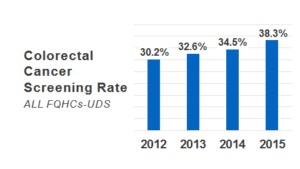 The UDS colorectal cancer screening rate has climbed two percentage points each year for the past three years. But in 2015, the rate jumped by nearly four points. This increase represents an additional 279,990 FQHC patients were screened for colorectal in 2015 as compared to 2014. It feels great to begin to see such promising gains in one of the key measures we use to evaluate our efforts.
The UDS colorectal cancer screening rate has climbed two percentage points each year for the past three years. But in 2015, the rate jumped by nearly four points. This increase represents an additional 279,990 FQHC patients were screened for colorectal in 2015 as compared to 2014. It feels great to begin to see such promising gains in one of the key measures we use to evaluate our efforts.
What advice would you like to share with our readers as they evaluate and measure their own programs?
[Andi] Don’t be intimidated. Everyone has to start somewhere, so don’t be daunted if you are new to the process. Even if you have no experience in evaluation, the Evaluation Toolkit can help you get started.
[Tamar] For some, evaluation is a scary word, but it doesn’t have to be. Evaluation is not pass/fail; it’s about helping you develop and improve your program. The Toolkit will help you put the steps in place to assess your progress and deliver on its promise.
Are there key evaluation and measurement resources you recommend readers use?
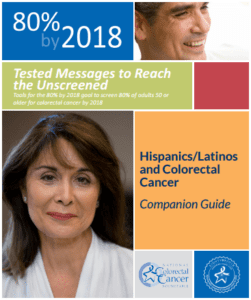
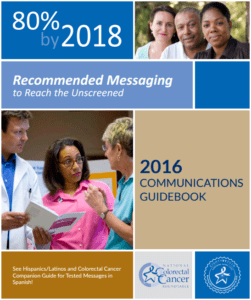 [Andi] First and foremost, I recommend checking out the Evaluation Toolkit!
[Andi] First and foremost, I recommend checking out the Evaluation Toolkit!
It’s organized in such a way that there’s something for everyone—newcomers and seasoned experts alike. We also recommend downloading the four Evaluation 101 learning models available on the same webpage, and visiting the NCCRT Webinar Archive to find the most recent webinars addressing evaluation topics. The webinar on Colorectal Cancer Screening Data Sets is a great place to start. In addition, if you’re not using it already, the 80% by 2018 Communications Guidebook and corresponding Hispanics/Latinos and Colorectal Cancer Companion Guide include tested messages that have been show to resonate with the unscreened. The Community Guide is also a great resource to use, especially if you’re interesting in learning more about the evidence base for public health interventions that address topics other than colorectal cancer.
Do you have any final tips for our readers that are working to achieve 80% by 2018?
[Tamar] We know that if we reach 80% by 2018, 277,000 cases and 203,000 deaths from colorectal cancer will be prevented by 2030. But it isn’t going to take until 2018 to start saving lives, we’re doing it all along the way. For everyone who has joined in the 80% by 2018 initiative, it’s an honor to be a part of this effort with you.
Thank you for sharing your story with us! We look forward to hearing more about the work of the Evaluation and Measurement Task Group in the future.
80% in Every Community Pledge
"*" indicates required fields
[vc_widget_sidebar sidebar_id=”sidebar-1″]
We Highlight Successes, Leaders, Best Practices, And Tools That Are Making An Impact In The Nationwide Movement To Reach 80% Screened For Colorectal Cancer.
Do you have a suggestion for a future blog topic? We welcome you to share your suggestions by emailing [email protected].
Blog Policy
Opinions expressed in these blog posts are that of the author and do not represent policies of the National Colorectal Cancer Roundtable or the author’s institution.
Our staff moderate all comments on the 80% Blog. While we do not censor based on point of view, we will delete or edit comments that are offensive or off topic. Click here to view full version.
© 2024 American Cancer Society National Colorectal Cancer Roundtable. All rights reserved.

